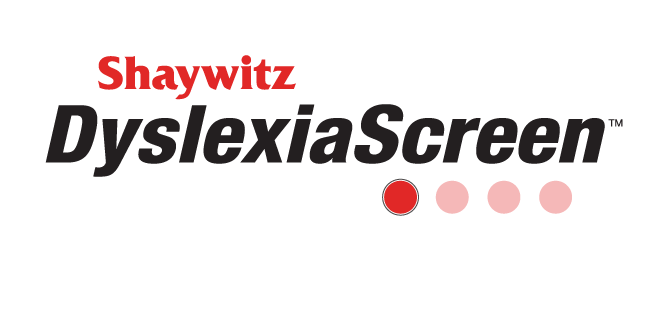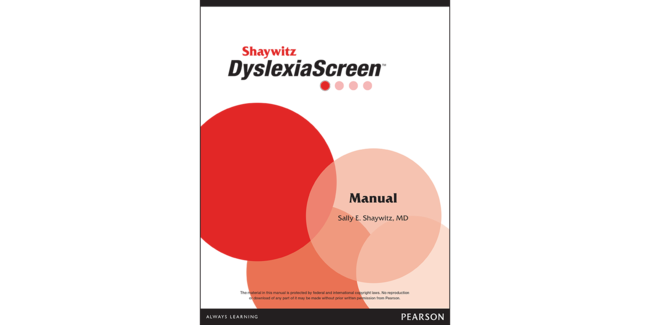Shaywitz DyslexiaScreen™ is an efficient, reliable, and user-friendly dyslexia test for K‐3 students who may be at risk for reading difficulties. Guidance on using this test in your telepractice.


Shaywitz DyslexiaScreen
Shaywitz DyslexiaScreen™ is an efficient, reliable, and user-friendly dyslexia test for K‐3 students who may be at risk for reading difficulties. Guidance on using this test in your telepractice.Choose from our formats
Test forms & reports
Booklets, record forms, answer sheets, report usages & subscriptions
4 options
Support materials
Manuals, stimulus books, replacement items & other materials
1 option
Training
Onsite, virtual & on-demand trainings
2 options
All products
All tests & materials offered for Shaywitz DyslexiaScreen
7 options

